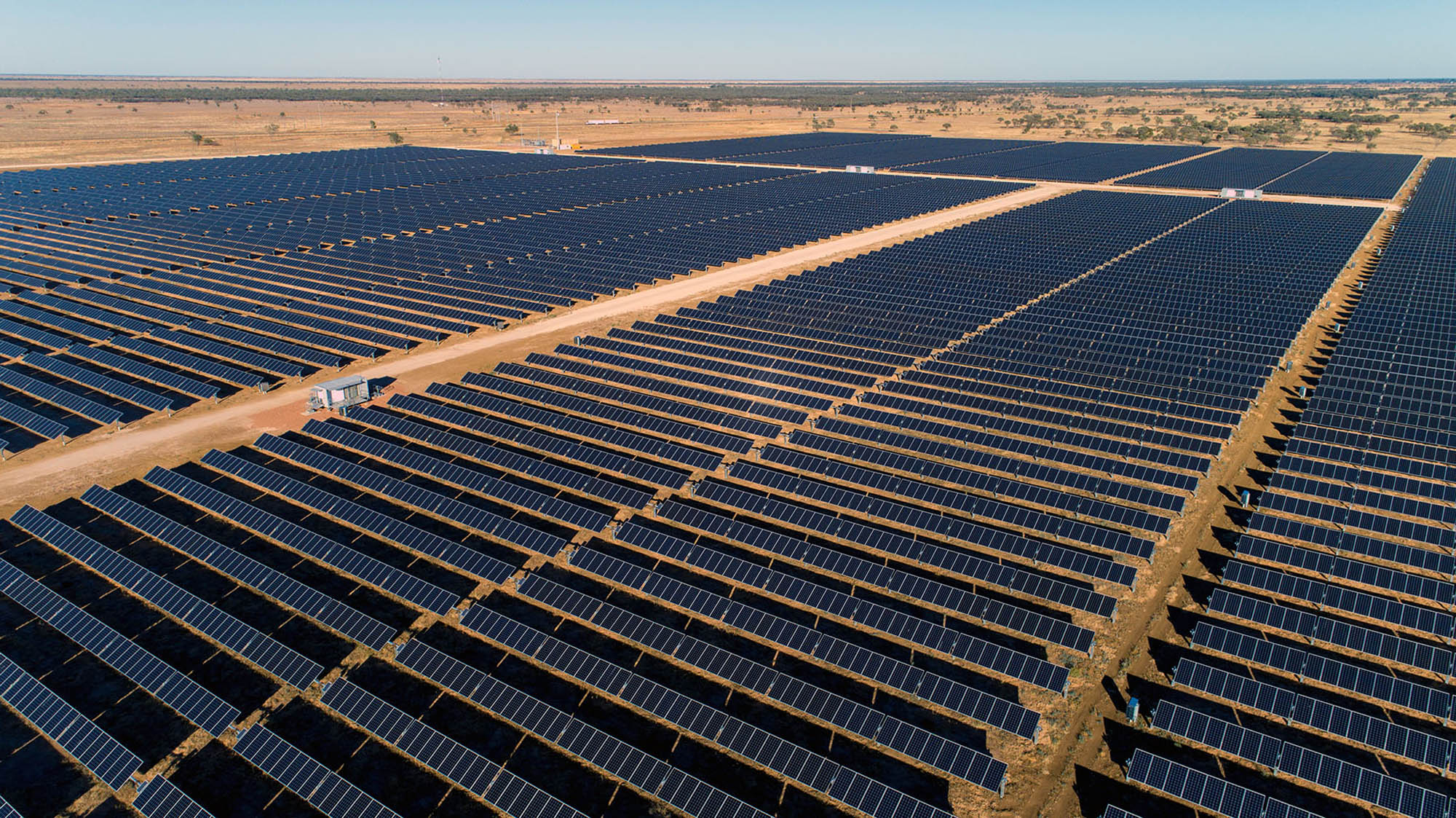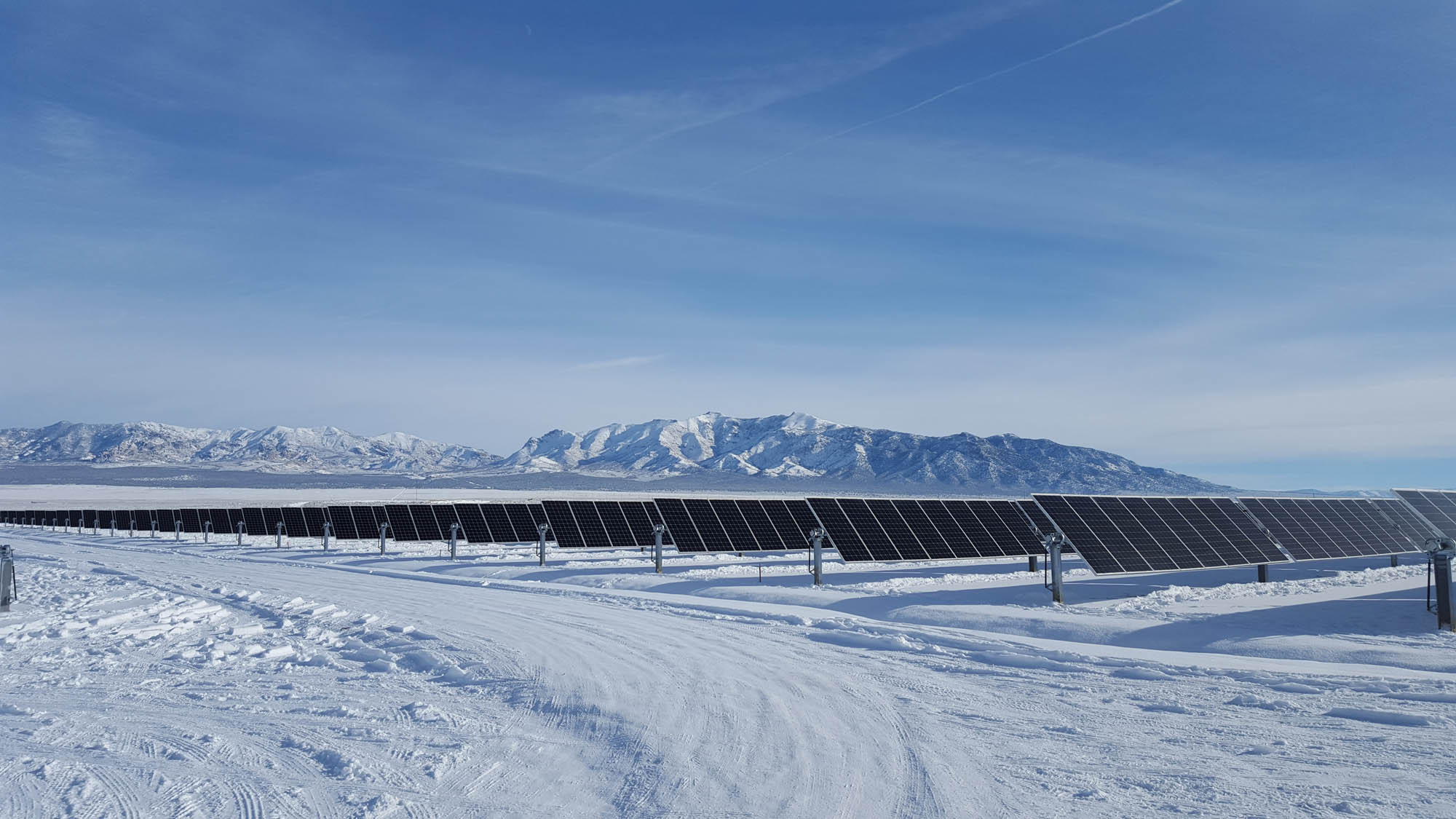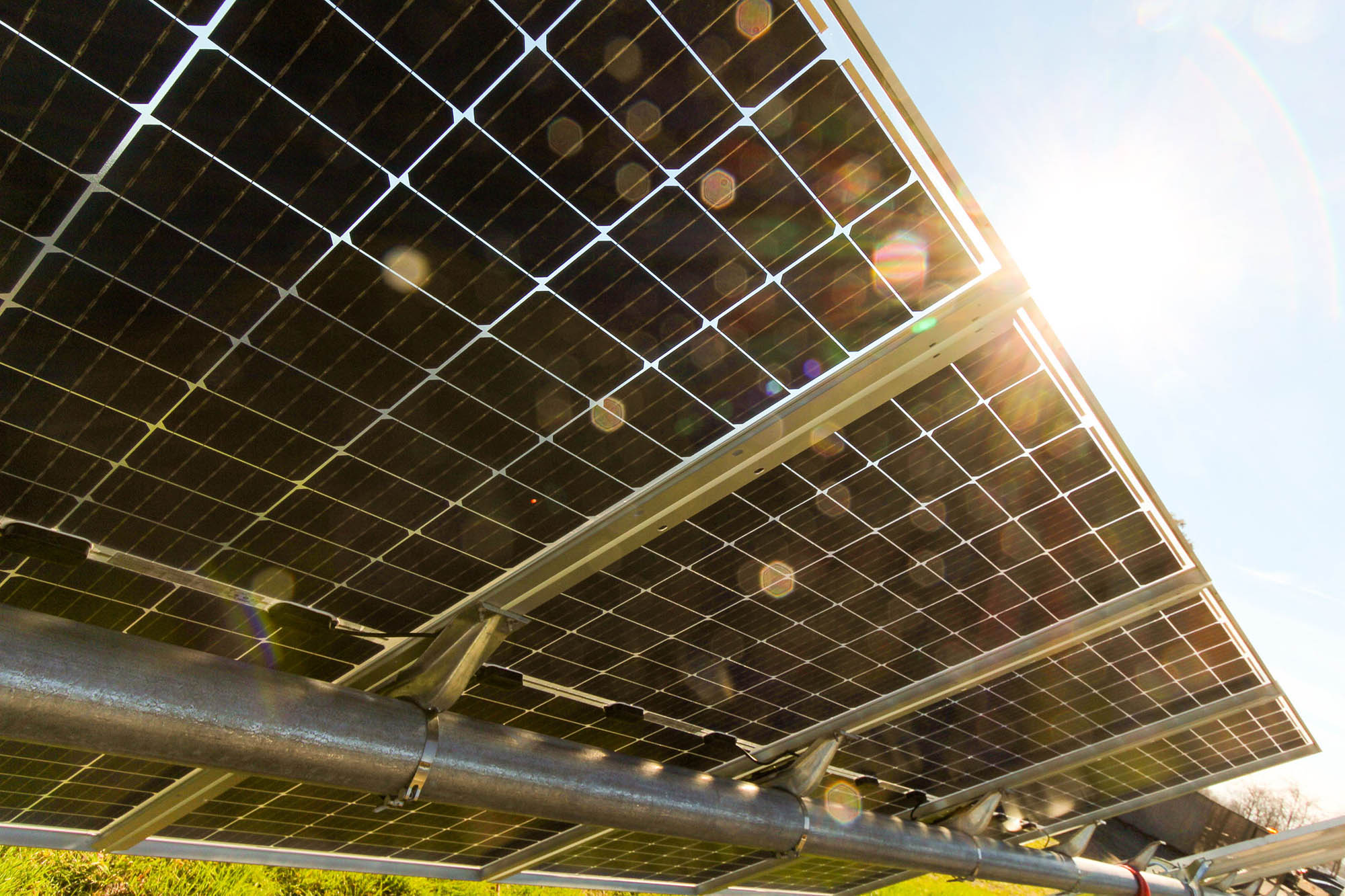Bifacial modules seem to be all anyone is talking about in the solar industry these days. What was once a more niche product is undeniably becoming one of the biggest trends and the hottest topics of conversation. As bifacial module technology evolves and becomes more and more mainstream, it makes its way into the wider market where it’s put to the test.
Bifacial modules are designed to absorb sunlight from both sides, not just one, giving them the ability to capture light that is reflected onto the modules’ backside to increase energy production. Increased energy production is at the top of everyone’s wish list when it comes to owning, financing, or developing a solar project. Higher energy gains mean greater bankability and a more attractive bottom line. Even a modest increase in energy production can substantiate deploying bifacial modules on a project.
Their popularity brings into question their performance, not only when stacked up against traditional monofacial modules, but quite literally stacked up—in configurations like one module-in-portrait (1MIP), one module mounted vertically, and two-module-in-portrait (2MIP), two modules stacked and mounted vertically. So, now, what configuration is going to optimize the performance of a bifacial module, yielding the highest gain in energy production?
Here’s a deeper look at why deploying a 1MIP configuration on a single axis solar tracker could yield the highest energy gains.



